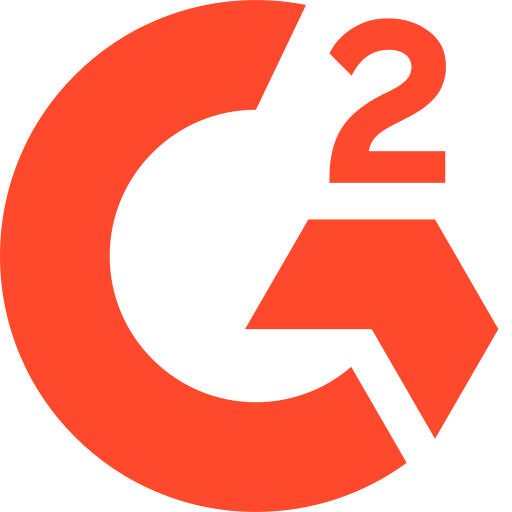How to use ClickPatrol if you’re already using Kickbite
Table of Contents
If you’re using Kickbite to measure performance and want to add ClickPatrol, a few small adjustments are needed to make sure both tools work together correctly without interfering with each other.
Step 1: Understand how Kickbite works
Kickbite uses UTM parameters to track performance and connects directly with your existing setup. While they do not publish a fixed UTM structure, they rely on UTM parameters passed through your URLs and tracking template fields in Google Ads.
Typically, Kickbite tracking is configured using:
{lpurl}?utm_source=google&utm_medium=cpc&utm_campaign={campaignid}&utm_term={keyword}
This might be set at the account, campaign, ad group, or ad level.
Step 2: Check where the Kickbite tracking is applied
- Go to Google Ads
- Open Settings at the account, campaign, ad group, and ad level
- Look under Tracking template
- If you see a URL starting with
{lpurl}?and containing UTM parameters (likeutm_source,utm_campaign, etc.), that is Kickbite’s setup
Step 3: Move Kickbite tracking to Final URL Suffix
To allow space for ClickPatrol’s tracking, you’ll need to move the UTM parameters to the Final URL Suffix field.
- Remove
{lpurl}?and copy everything after it - Paste the string into the Final URL Suffix field Example:
utm_source=google&utm_medium=cpc&utm_campaign={campaignid}&utm_term={keyword} - Remove the full tracking template from the interface
- Make sure to check in Kickbite that automatic insertion of the UTM template is disabled or turned off, if configured via sync or automation
Step 4: Add ClickPatrol’s tracking template at the account level
With Kickbite’s UTM parameters now in the Final URL Suffix, you can safely install ClickPatrol’s tracking template.
ClickPatrol’s standard template:
https://trck-001.clckptrl.com/?uid=xxxxxxxx-xxxx-xxxx-xxxx-xxxxxxxxxxxx&adp={adposition}&lpm={loc_physical_ms}&lim={loc_interest_ms}&adi={adgroupid}&k={keyword}&n={network}&ci={campaignid}&d={device}&p={placement}&u={lpurl}&ma={matchtype}&ta={target}&cr={creative}
Replace the uid= with your personal ClickPatrol user ID.
Set this template only at the account level, and make sure there are no other tracking templates applied at lower levels.
Google Ads prioritizes templates in this order:
- Ad > Ad group > Campaign > Account
If a lower-level tracking template is still active, ClickPatrol will not function.
Step 5: Use our template checker script
If you manage many campaigns and want to check for conflicting tracking templates, we’ve created a tracking template script that:
- Scans all campaigns, ad groups, and ads
- Reports where a tracking template field is filled in
This allows you to quickly identify and resolve conflicts before setting ClickPatrol live.
Contact our support team to receive the script and instructions for use.
If you’re still experiencing issues with tracking templates, we recommend visiting the following page for advanced troubleshooting.
Summary
| Tool | Where it should go |
|---|---|
| Kickbite | Final URL Suffix |
| ClickPatrol | Account-level tracking template |
Once correctly configured, ClickPatrol and Kickbite can work together without any interference.
Still need help? Reach out via the Support button in your ClickPatrol dashboard. We’re happy to assist.



